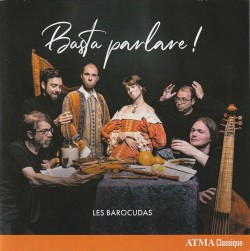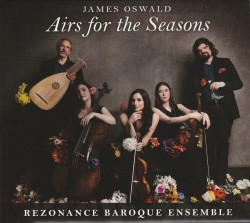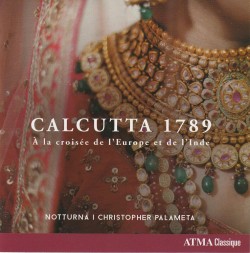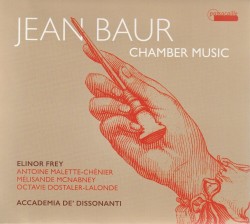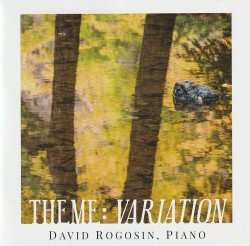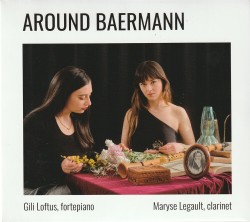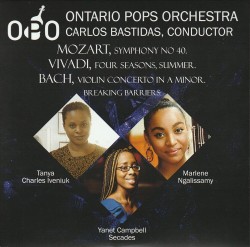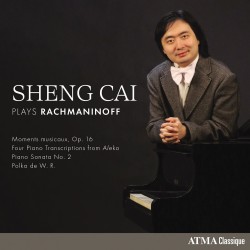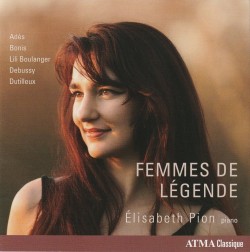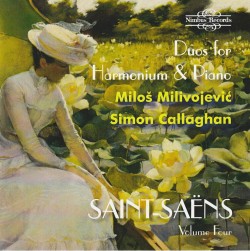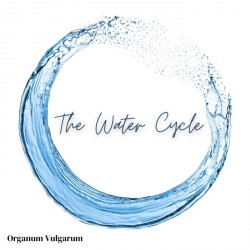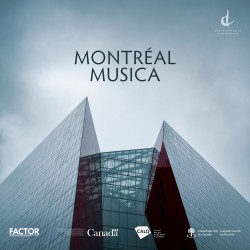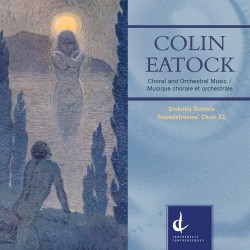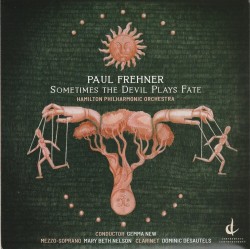A Left Coast (A Heartfelt Playlist from British Columbia) - Tyler Duncan; Erika Switzer
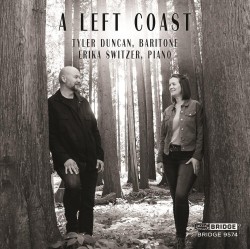 A Left Coast (A Heartfelt Playlist from British Columbia)
A Left Coast (A Heartfelt Playlist from British Columbia)
Tyler Duncan; Erika Switzer
Bridge Records 9574 (bridgerecords.com)
In their booklet notes, baritone Tyler Duncan and pianist Erika Switzer, both B.C.-born, call this CD “our heartfelt playlist for the place we will always call home: British Columbia.” The “playlist,” drawn from seven of their B.C. “friends and colleagues,” begins with two songs by Iman Habibi, set to Edward FitzGerald’s translations of two quatrains by Omar Khayyam. The vocal lines are earnest and emphatic, the piano parts flavoured with hints of Persian exoticism.
Jean Coulthard’s Three Love Songs are appropriately edgy and irritable, as they’re set to poems from Louis MacKay’s collection, The Ill-Tempered Lover. In three highly dramatic songs, Jocelyn Morlock’s Involuntary Love Songs, with verses by Alan Ashton, traces the narrator’s development of love from repression through turmoiled denial to blissful, sensual ecstasy.
Melancholy lyricism infuses Melissa Hui’s song Snowflakes (poem by Longfellow) and Leslie Uyeda’s Plato’s Angel, four songs set to what Uyeda calls “some of the most introspective” poems by Lorna Crozier but, writes Uyeda, “I do not mean them to be depressing!” (They’re not.) For real depression, listen to Jeffrey Ryan’s Everything Already Lost, commissioned by Duncan and Switzer. Ryan’s sombre music matches the gloomy moods of four poems by Jan Zwicky, with repeated references to “night” and “darkness.”
Stephen Chatman’s very pretty Something like that, one of a set of Eight Love Songs written for Duncan, injects some welcome, warm sunshine into this CD’s ever-looming storm clouds. Is B.C. weather always like this?


